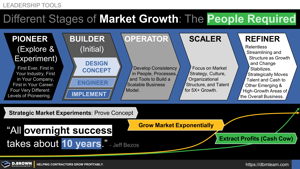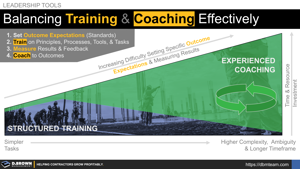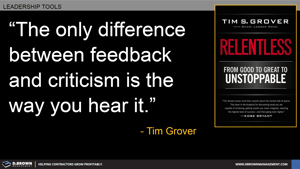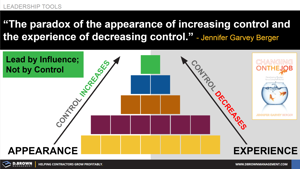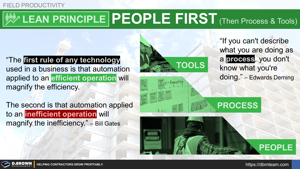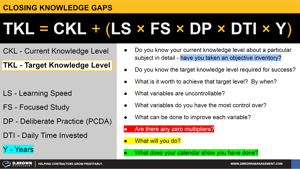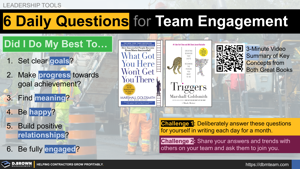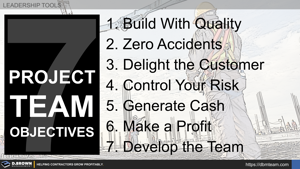Different Stages of Market Growth and the Types of People Required
Every contractor will experience different stages of growth as a company and within the markets they are competing in. Understanding the different types of people required at each stage will help the contractor navigate them smoother.
leadership market strategy sustainable growth talent talent developmentReflections on Learning to Ski - 8 Core Principles for Learning a Completely New Skill
While I am learning every day, it has been a very long time since I’ve put myself in the position of learning something completely new. That has now changed, as over the last couple of weeks of 2019, I learned to ski.
leadership self improvement talent developmentBalancing Training and Coaching Effectively
Every contracting business is made up of many jobs that need to be done, ranging from relatively simple and short-term tasks to complex, ambiguous, and long-term objectives.
coaching talent development trainingEarly Identification as a Trainable Skill
The ability to identify potential changes early is a skill that can be tested, trained, and managed just like a craft skill.
change management foreman training project management talent developmentFeedback vs. Criticism and Self-Development
Self-leadership and self-development are incredibly important habits for everyone. For those who are in positions to lead and influence others, these are some of the most critical habits to develop in others.
coaching feedback talent developmentAppearance and Experience of Management Control
As your career develops and you grow into roles of greater responsibility, one of the biggest challenges is what Jennifer Garvey Berger calls “The paradox of the appearance of increasing control and the experience of decreasing control.”
business management leadership sustainable growth talent developmentLean Principle - People First (Then Process and Tools)
To optimize productivity, a contractor must focus on their people first, then processes and tools including technology as an integrated management system with a hierarchy. This is not a linear process: S.M.A.R.T. Experiments + Continuous Improvement.
field productivity lean construction talent development technologyClosing Knowledge Gaps - The Formula
Here is the “magic” formula for closing the knowledge gap from where you are to where you want to be!
learning talent developmentSix Daily Questions to Drive Team Engagement
Construction leaders are facing a growing challenge working to keep project teams working effectively together across multiple companies. At the business level, the need to keep team members engaged to both attract and retain talent.
Organizational Development self improvement talent development team buildingSeven Basic Project Team Objectives
Every construction project team has seven basic objectives. Expand on these to build great evaluation, development, and troubleshooting tools for your business.
project management talent development